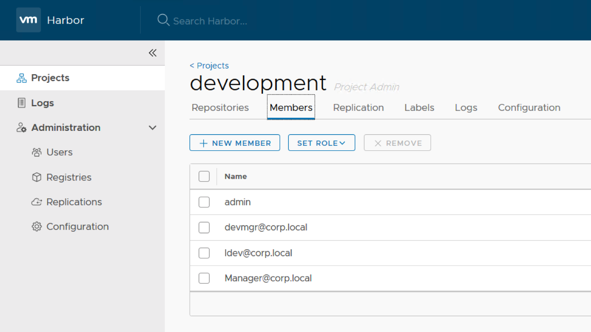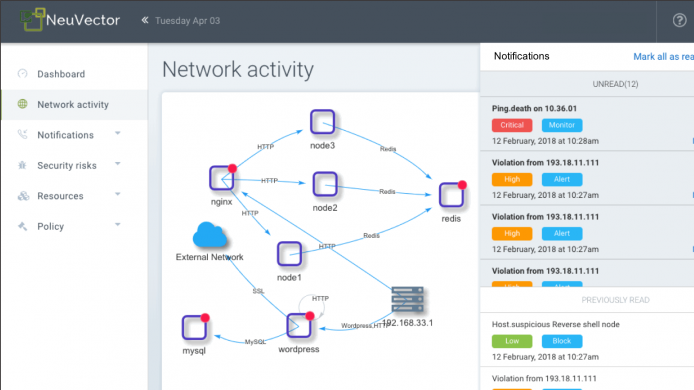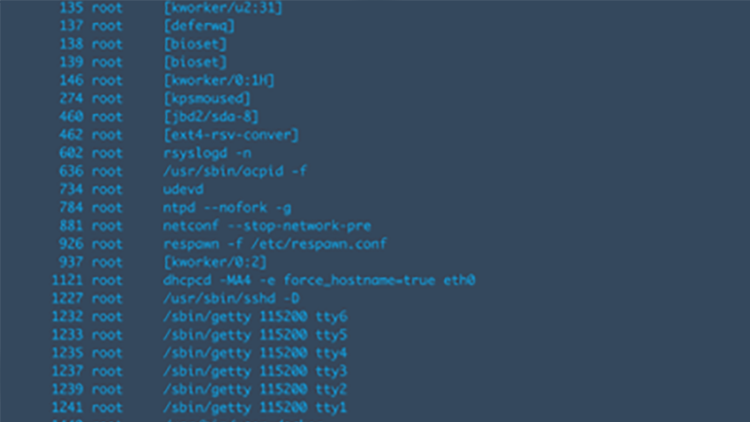The 10 Coolest Open Source Software Tools of 2019 (so far)
CRN breaks down the top 10 coolest open source software tools so far in 2019.

Powering An Open Cloud
Open source has become the software model of choice for confronting the complexity of the multi-cloud world. Enterprises increasingly turn to open technologies to navigate the modern IT landscape, where heterogenous environments are the norm, application architectures are highly distributed, and IT budgets are tight.
It took enterprise IT leaders time to warm to open source. But the power of tools that
stem from active communities and aren't locked-down by proprietary licenses finally broke down the corporate hesitancy that once stifled adoption.
Some tools on this list are still obscure—in early stages of development and only starting to win recognition. Others have been powering the Internet for years and are now poised to reach new heights as their primary corporate backers scale their own operations.

OpenText Core
The modern enterprise is overwhelmed by unstructured data. Vital business documents, from contracts to communication threads, are increasingly difficult to bring into an orderly system allowing that content to be readily accessible whenever needed.
OpenText, Canada's largest software company, tackles that problem with its Enterprise Information Management offerings. The company also supports OpenText Core, an open-source file sharing solution that can be provisioned on the OpenText Cloud.
Core enables organizations and even their outside partners to better collaborate with simple and secure sharing of documents and unstructured business information across devices.

ElasticSearch
ElasticSearch has become extremely popular with enterprise developers embedding search functionality into web-scale applications.
The capabilities and market reach of the open source search engine are being super-charged thanks to the infusion of capital realized when the company behind ElasticSearch, Elastic NV, went public last October.
With enterprise search an expanding market, and a strong open source community behind the project, Elastic is challenging established proprietary technologies, from Splunk for log management to search solutions from cloud giants like Google and AWS.

Harbor
VMware launched this project in China in 2014, but Harbor was open sourced two years later and is now incubating under the auspices of the Cloud Native Computing Foundation.
The cloud-native registry stores, signs and scans container images for vulnerabilities. That enhances trust, compliance and portability in containerized deployments, especially for use cases where a public or cloud-based registry isn't an option.

Nginx
Nginx is an open source technology that powers much of the web. The software is downloaded four times a second, running on some 400 million websites and counting.
Nginx, the company, formed years after the open source software became widely adopted. The startup was acquired earlier this year by much-larger rival F5 Networks, and that should be regarded as good news on the open source side of the house.
Nginx leaders tell CRN the company will dedicate more resources to the open source community now that the deal has closed as it can lean on F5 resources for other commercial matters.

NeuVector
Kubernetes is king, but locking down the container orchestrator's clusters is key. NeuVector makes Kubernetes more secure, scalable and interoperable.
The startup's open source tool monitors containerized apps deployed at scale for internal and lateral attacks.
NeuVector can establish how a container environment should run, detect suspicious behavior when it veers off course, and then limit intrusions through a specialized container firewall.
Salesforce Lightning Web Components
In May, Salesforce open sourced the JavaScript framework used for building user interfaces within its Lightning application development platform.
The Lightning Web Components can now be used on and off the Lightning platform, in a Salesforce context or outside of one.
Salesforce hopes opening those tools for creating front-end interfaces will more-rapidly advance their capabilities—capabilities that can always be absorbed back into the proprietary Lightning platform.

Rook
Rook reached its first major milestone in May with a v1.0 release.
The project, a storage orchestrator for Kubernetes, turns distributed storage systems into self-managing, self-scaling, self-healing services.
Rook automates many of the routine tasks that preoccupy storage administrators while leveraging the capabilities of Kubernetes to enable cloud-native container management.

RancherOS
There's plenty of container platforms out there, but Rancher Labs was an innovator—the first to open source the management layer that sits above Kubernetes orchestration.
The startup also offers RancherOS, an operating system built from containers and geared exclusively for hosting them. The distro achieves an unprecedentedly small footprint by eliminating Linux system libraries and utilities outside the kernel. Those often-extraneous components can be reintroduced separately in Docker containers when needed.
With all traditional OS functions atomized in containers, RancherOS achieves rapid boot times and unique efficiencies that improve operation and scaling of distributed applications built as containerized micro-services.

Istio
The open source service mesh tool is a big part of Google's emerging open cloud strategy.
Launched by Google and partners IBM and Lyft, the Istio project is becoming the standard for a technology that lends greater visibility into micro-services deployments.
With Istio, developers can better control traffic flow and API calls between services, test their deployments and secure services with authentication, authorization and encryption functions.

FoundationDB
This NoSQL database was once proprietary, but after a few twists and turns, FoundationDB found its way to an Apache open source license.
Apple acquired the startup behind FoundationDB in 2015, initially intending the technology for internal use. But last year, the tech giant open sourced the software, which implements innovative techniques to enable highly resilient and performant transactions at scale.
The database is fast and elastic, with automated load balancing and data distribution.